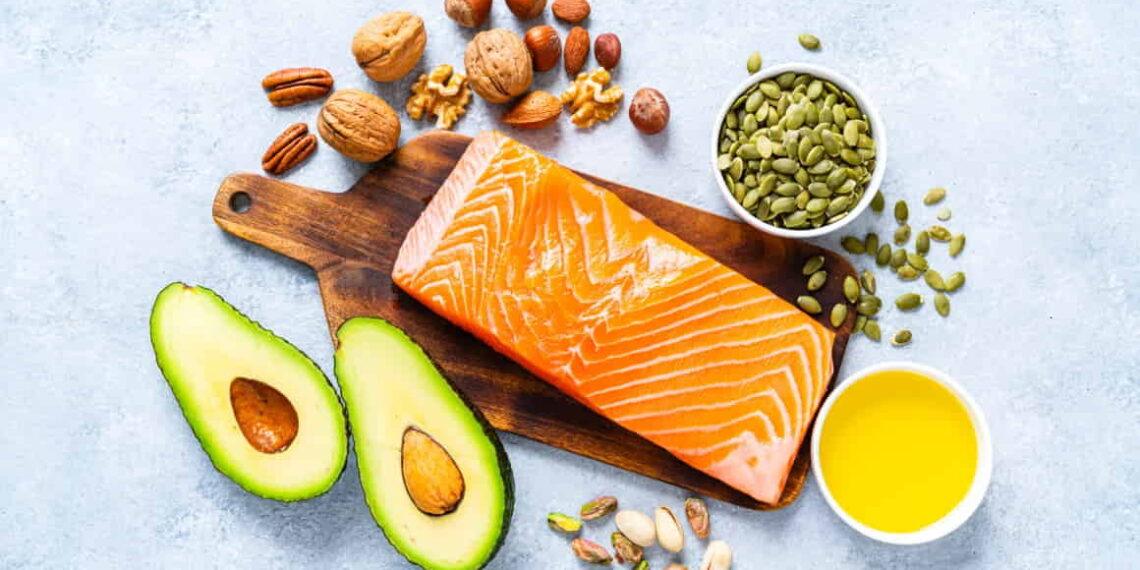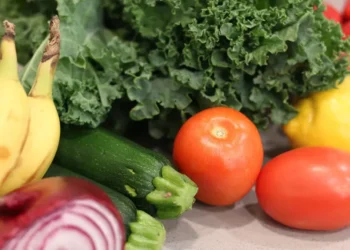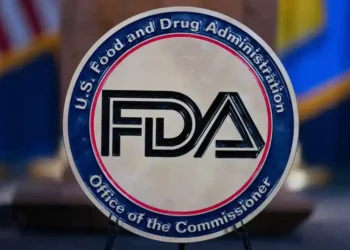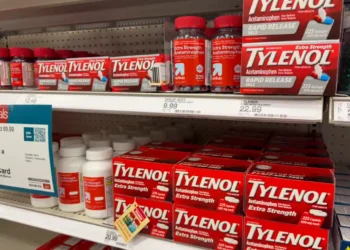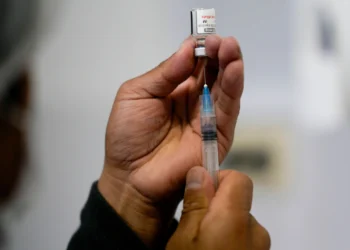FDA Unveils New Standards for “Healthy” Food Labels
The U.S. Food and Drug Administration (FDA) has announced updated rules for labeling foods as “healthy,” marking the first significant changes in 30 years. Under these new guidelines, foods must meet stricter requirements for saturated fat, sodium, and added sugars to qualify for the “healthy” label. In addition, these foods must contain nutrients from key food groups like fruits, vegetables, and low-fat dairy, as outlined in the current Dietary Guidelines for Americans.
What’s Changing?
Certain foods that once carried the “healthy” label will no longer qualify. For example, white bread, heavily sweetened cereals, and sugary yogurt will no longer meet the new criteria. However, healthier options like nuts, seeds, salmon, olive oil, some peanut butters, and canned fruits and vegetables will now be able to use the label.
The FDA says these updates are in line with the latest nutritional science and will help consumers make more informed food choices, ultimately promoting better health.
Why This Matters
FDA Commissioner Dr. Robert Califf emphasized the importance of these changes, stating, “It’s critical for the future of our country that food be a vehicle for wellness. Improving access to nutrition information is an important public health effort the FDA can undertake to help people build healthy eating patterns.”
The new standards come at a time when most Americans’ diets exceed recommended levels for saturated fat, added sugars, and sodium, and fall short on fruits and vegetables. The FDA also noted that diet-related diseases like heart disease, cancer, and diabetes are the leading causes of illness and death in the U.S., contributing to the country’s lower life expectancy compared to other high-income nations.
Impact on Food Manufacturers and Consumers
The “healthy” label will be voluntary for food manufacturers. Those products that meet the new requirements will be able to carry the label starting early next year, while others will have three years to make adjustments.
Jim Jones, the FDA’s deputy commissioner for human foods, noted that the new rules could encourage food manufacturers to reformulate their products to meet the updated standards, ultimately leading to a healthier food supply.
In addition to the “healthy” label, the FDA is working on a symbol to help consumers quickly identify foods that meet these new standards. The agency is also exploring a front-of-package nutrition labeling system, which would provide consumers with at-a-glance information about a product’s nutritional value.
Industry and Public Health Support
Nancy Brown, CEO of the American Heart Association, praised the updated guidelines, saying they would help consumers feel more confident when choosing healthier foods. However, she also emphasized the need for more comprehensive front-of-package nutrition labels to provide additional clarity for shoppers.
“The FDA’s work on front-of-pack nutrition labeling is so important,” she said. “A system based on the best available science would help consumers quickly identify healthier options.”
These new standards and labeling initiatives are part of a broader strategy outlined by the Biden Administration to improve national nutrition, announced at the 2022 Conference on Hunger, Nutrition, and Health.
Looking Ahead
With these changes, the FDA hopes to inspire food manufacturers to develop healthier products while giving consumers the tools to make better choices for their health. As the rules are implemented, the hope is that they will lead to a broader shift toward more nutritious diets across the country.
This article was rewritten by JournosNews.com based on verified reporting from trusted sources. The content has been independently reviewed, fact-checked, and edited for accuracy, neutrality, tone, and global readability in accordance with Google News and AdSense standards.
All opinions, quotes, or statements from contributors, experts, or sourced organizations do not necessarily reflect the views of JournosNews.com. JournosNews.com maintains full editorial independence from any external funders, sponsors, or organizations.
Stay informed with JournosNews.com — your trusted source for verified global reporting and in-depth analysis. Follow us on Google News, BlueSky, and X for real-time updates.
